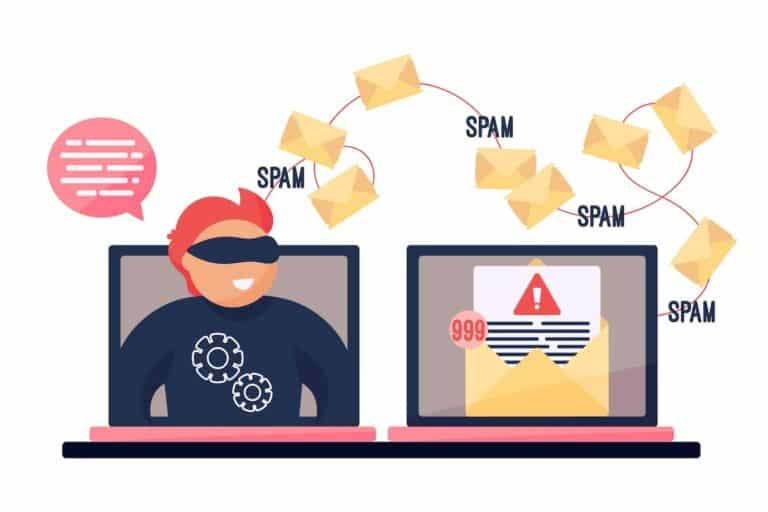October is not just about Halloween and Pumpkin Spice Lattes, it’s also Cyber Security Awareness Month! While adults stress over phishing emails and ransomware attacks, let’s make it less scary together.
Cyberattacks like phishing may be virtual, but the impact is real. Business email compromise alone has cost victims worldwide over $50 billion. Remember, 90% of cyber attacks start with email phishing.
Phishing attacks are like fishing, but in the digital world. Hackers cast their “nets” to try to reel you in.
Let’s break down the types of phishing and how you can stay safe!
1️⃣ Phishing Basics: The “Wide Net”
This type is like a spam email sent to everyone—hoping someone will bite. It’s usually easier to spot since it’s not personalized.
2️⃣ Spear Phishing: The “Personalized Attack”
Hackers do their homework! They know your name, job title, and other personal details, making these emails look legit. It’s like they’re aiming directly at you.
3️⃣ Whale Phishing: Going for the Big Fish 🐋
This one targets the big shots—executives or business owners. The hacker has done their research, knowing your company contacts, vendors, and even your habits. It’s a smart, sneaky attack that’s tough to catch.

🚨 Phishing Tricks You Should Know
- Fake Emails: They often look like they’re from Amazon or your bank, urging you to update your payment info or address a security issue.
- Urgency Is a Red Flag: If an email says, “Act now!” or “Immediate action required,” be suspicious!
- Generic Greetings: “Dear customer” instead of your name is a clue it might not be real.
- Grammar and Spelling Errors: Legit companies have spell-check! Mistakes can mean danger.
🛡️ How to Protect Yourself
Remember the acronym SLAM:
- S: Sender – Check the sender’s email address. Does it look right?
- L: Links – Hover over links without clicking. Does the link match the company’s website?
- A: Attachments – Don’t open attachments you’re not expecting—they might carry malware.
- M: Message – Look for odd language or anything that feels “off.”
📞 Bonus Tip
If you’re unsure about an email, don’t use the contact info listed in the message. Instead, go to the company’s official website and call their number directly!
Phishing emails can be tricky, but staying alert and following these tips will help you avoid getting caught in their net. Happy Cybersecurity Awareness Month! Stay safe and savvy out there! 💻🔒
Book A Free Consulting to learn more how to keep your IT Systems Running and Data Secure!
Related Articles
Is Your Law Firm Prepared for a Cyberattack? Here’s How to Find Out. – eSudo.com
What is Spear Phishing? – eSudo.com
Prevent phishing scams using Microsoft 365 Defender – eSudo.com

